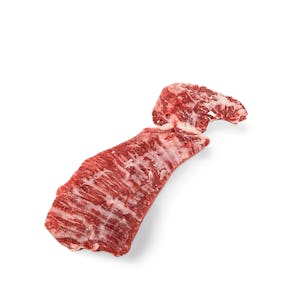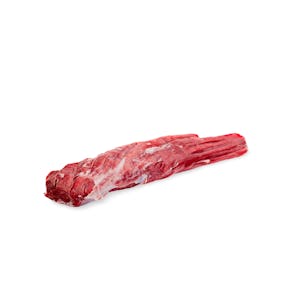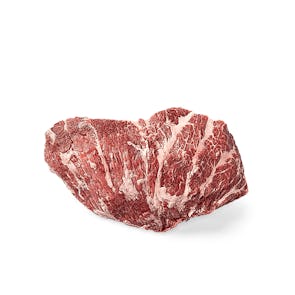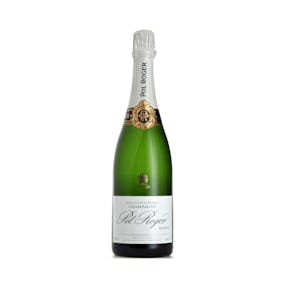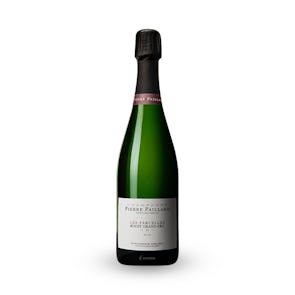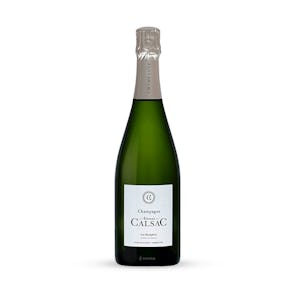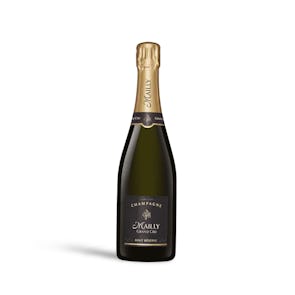4.6
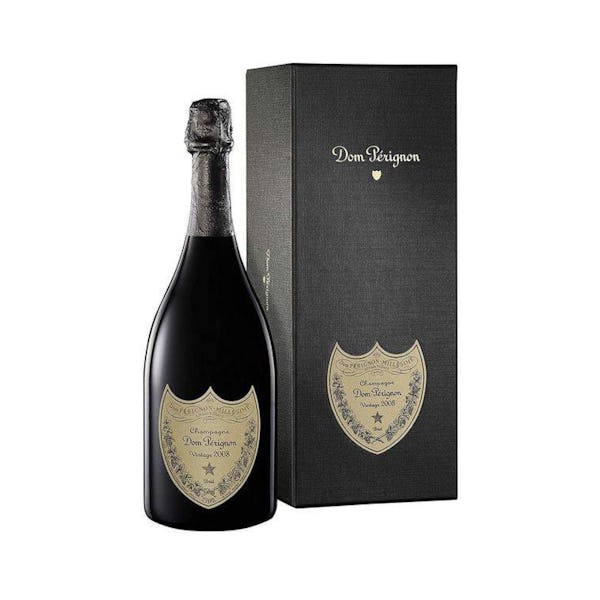
(Wednesday Jan 07 , 2026)
TASTING NOTES FROM THE CURATOR
Dom Pérignon’s art is that of contrast—of finding harmony where nature threatens imbalance. The 2013 and 2015 Vintages express two distinct moods of Champagne, each shaped by their year’s temperament, yet bound by the house’s signature tension between precision, depth, and radiance.
Dom Pérignon 2013 was born of patience. A late harvest followed a cool, gray summer—an ordeal that demanded faith and restraint. The result is a Champagne of remarkable finesse and luminous austerity. Aromatically, it begins with white flowers, lemon zest, and crisp green apple, evolving toward wet stone, smoke, and a whisper of almond. The palate is taut and vertical, like chalk carved by the sea: saline, structured, crystalline. As it opens, notes of ginger, quince, and toasted brioche surface gently, carried by a racy acidity that stretches the finish to infinity. It is Dom Pérignon at its most architectural and cerebral, a vintage that speaks in lines, not curves.
By contrast, Dom Pérignon 2015 comes from a year of sun and strength, where intense heat ripened the grapes early, and nature’s generosity demanded equally meticulous control. The result is a Champagne of breadth and resonance, the sensuous counterpoint to 2013’s discipline. The bouquet bursts with ripe peach, mango, and candied citrus peel, followed by hazelnut, vanilla, and warm brioche. The palate glides in waves—creamy, ample, golden-toned, yet finely balanced by a pulse of minerality and spice. There’s an almost orchestral fullness, a sense of immediacy and joy that fills the glass. Where 2013 whispers of reflection, 2015 sings of radiance.
Together, they are the yin and yang of modern Dom Pérignon—2013 the philosopher, 2015 the poet—each illuminating a different facet of perfection.
PREPARATION OR PAIRINGS
- Dom Pérignon 2013: Pair with purity and texture — oysters, king crab, or sashimi accentuate its saline tension. It also shines beside celeriac velouté, white asparagus, or aged Comté, where its minerality finds echo in earthy sweetness. A Champagne for quiet precision and long conversations.
- Dom Pérignon 2015: A natural companion to richness and spice — lobster with saffron, duck à l’orange, or truffle tagliolini reveal its creamy generosity. It loves roasted hazelnuts, mature Parmesan, or even tarte tatin, where caramel and fruit mirror its golden heart.
Serve both around 10–12°C, allowing time in the glass. Each minute reveals another shade—2013 gaining warmth and breadth, 2015 tightening and gaining focus.
2013 defines structure. 2015 embodies light. Together, they compose a dialogue of time and mastery.
THE SPIRIT OF DOM PÉRIGNON
Since its founding, Dom Pérignon has pursued a single vow: to create only vintage Champagne, capturing the singular character of each year’s harvest. Every vintage is both a creation and a revelation — the meeting point between the year’s truth and the Maison’s vision.
The 2013 vintage is one of discipline rewarded — a triumph of patience over uncertainty. The 2015 vintage is one of bold generosity — a triumph of abundance refined.
Each bottle is an echo of the same pursuit: to transform the unpredictable rhythm of nature into a timeless expression of balance, intensity, and grace.
Two harvests, two destinies — yet one philosophy: that perfection is not a style, but a conversation with time.
Taste Profile
Technical Sheet
Storage Instructions
Fine sparkling wine must be handled with care. For short-term storage (a few days to a month), you can keep your bottle upright—but away from bright or artificial light. For long-term storage, especially for vintage cuvées, you must store the bottles on their side in a wine rack or cellar to keep the cork from drying out. The ideal temperature for storage is between 7 to 10°C. Once opened, a bottle will be good for 1 to 3 days standing upright in the refrigerator.



